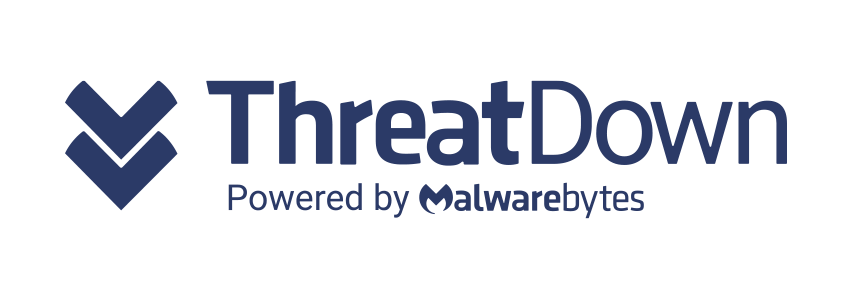As organizations learn that sophisticated attackers are dwelling unnoticed on their networks for months – or even years – on end, you may be seeing the need to move beyond basic threat prevention and become more proactive in identifying and eradicating threats.
With 83 days the median time between when attackers gain unauthorized access to victim networks and when incidents are first detected, according to the 2018 Trustwave Global Security Report, your adversaries are having ample time to cause real damage. But a defense activity known as threat hunting has emerged in recent years as a key way to counter that seemingly interminable window of time when intruders can operate untrammeled within your borders.
Threat hunting is broadly defined as the manual practice of applying tools, tactics, procedures and intelligence to uncover advanced network attacks that have slipped past existing defenses. Threat hunting’s growing popularity is, in part, because:
- Increasingly sophisticated attackers continue to bypass traditional security prevention technologies.
- The threat hunting toolset is more efficient, with mature endpoint detection and response (EDR) with integrated threat intelligence and use behavior analytics available.
- There are a growing number of security professionals with a deep understanding of threat hunting tools and techniques.
With more interest – and more vendors pushing threat hunting services – you should carefully consider when to invest in proactive threat hunting and how to go about doing the threat hunt. Let’s look at some of the most common reasons for doing a proactive threat hunt. In a future article, we’ll talk about how to decide to do them using in-house or outsourced resources.
Sometimes the decision to invest in a threat hunt is easy. If you know your organization is breached, a reactive threat hunt may ensue, when incident responders look for the cause and extend of the breach. Determining when to invest money and resources proactively can be more difficult, though in the following situations, a proactive threat hunt is a security best practice.
- You’re partaking a merger or acquisition: Companies involved in M&A activities should make evaluating the security posture and controls of an acquisition part of their due diligence process. A proactive threat hunt should be a part of this process to ensure that when the two company networks connect, it doesn’t give an attacker already on one network easy access to the other.
- You’ve experienced a breach: When discovering a data breach, companies will go through their IR plan to determine the who, what, when, where and how details of the breach and remediate issues. A few weeks or months after resolution is a good time to invoke a proactive threat hunt to double check that the threat is really gone. Even the most thorough IR team can miss an indicator of compromise or some other weakness that attackers can leverage to strike again.
- Your partner has experienced a breach: Sometimes a breached supplier, contractor or other third-party firm may indicate that your business has been hit as well. If you get notification from a partner that they’ve sustained a compromise, a proactive threat hunt can help determine if their misfortune extends to your network.
- You are (or your organization has hired) a new CISO: Industry studies vary, but most suggest the average chief security tenure is somewhere between 12 and 24 months. New CISOs, responsible for protecting and enabling your business, should have a proactive threat hunt done to ensure that along with their new position, they haven’t inherited any unknown attackers.
- Your risk tolerance is low: If your organization is not willing to take on significant risk, it requires a highly mature security program. Organizations like these should include regular proactive threat hunts as part of their security program to validate environmental integrity and uncover advanced threats dwelling in their environment.
Aside from finding unknown malicious actors or threats pestering across your IT infrastructure, threat hunting can also provide visibility into previously unknown weaknesses in your environment, such as outdated and vulnerable software, violations to policy, insider threats and unprotected databases. Finding and fixing any or all issues identified help increase security and reduce risk.




